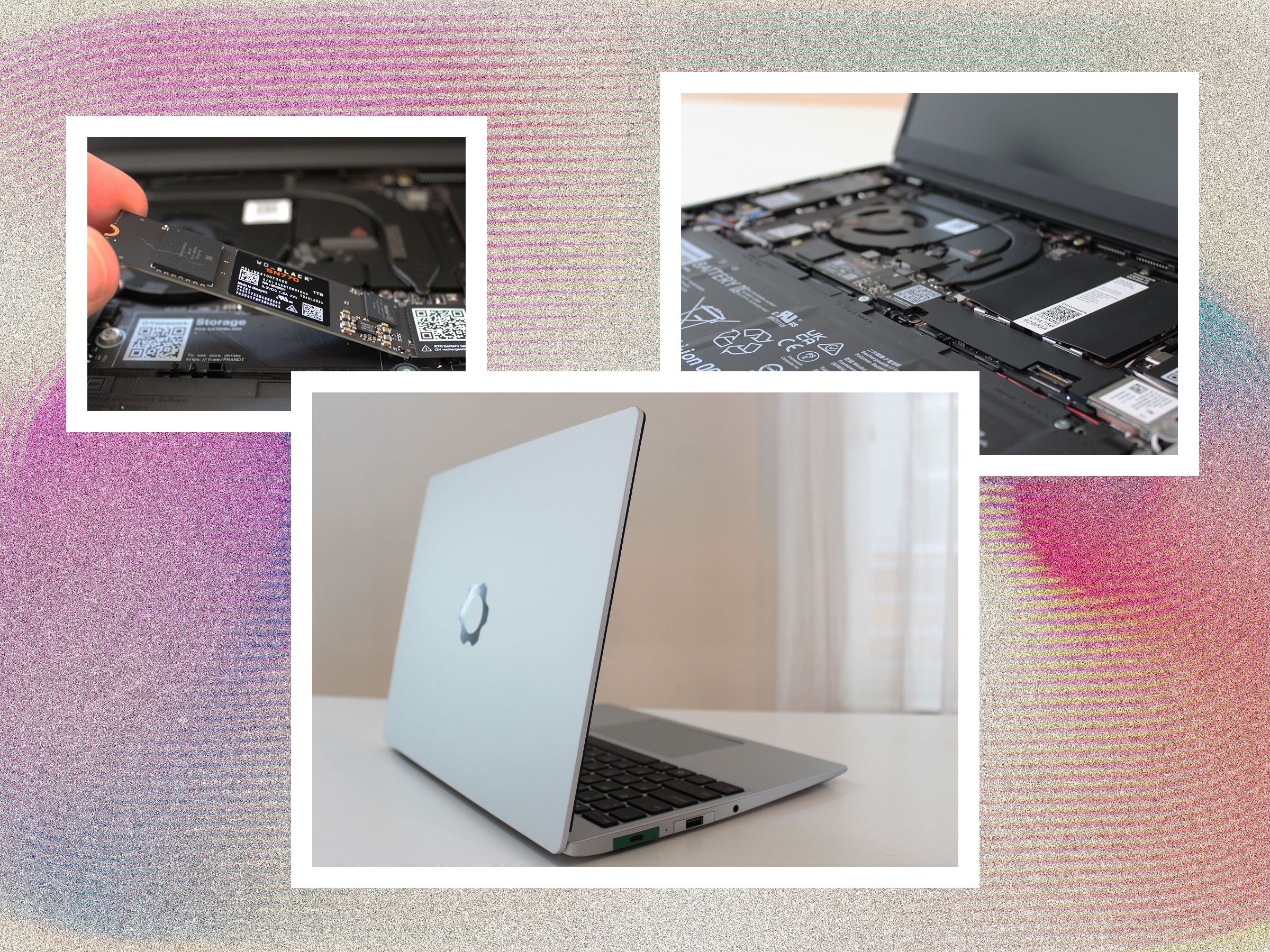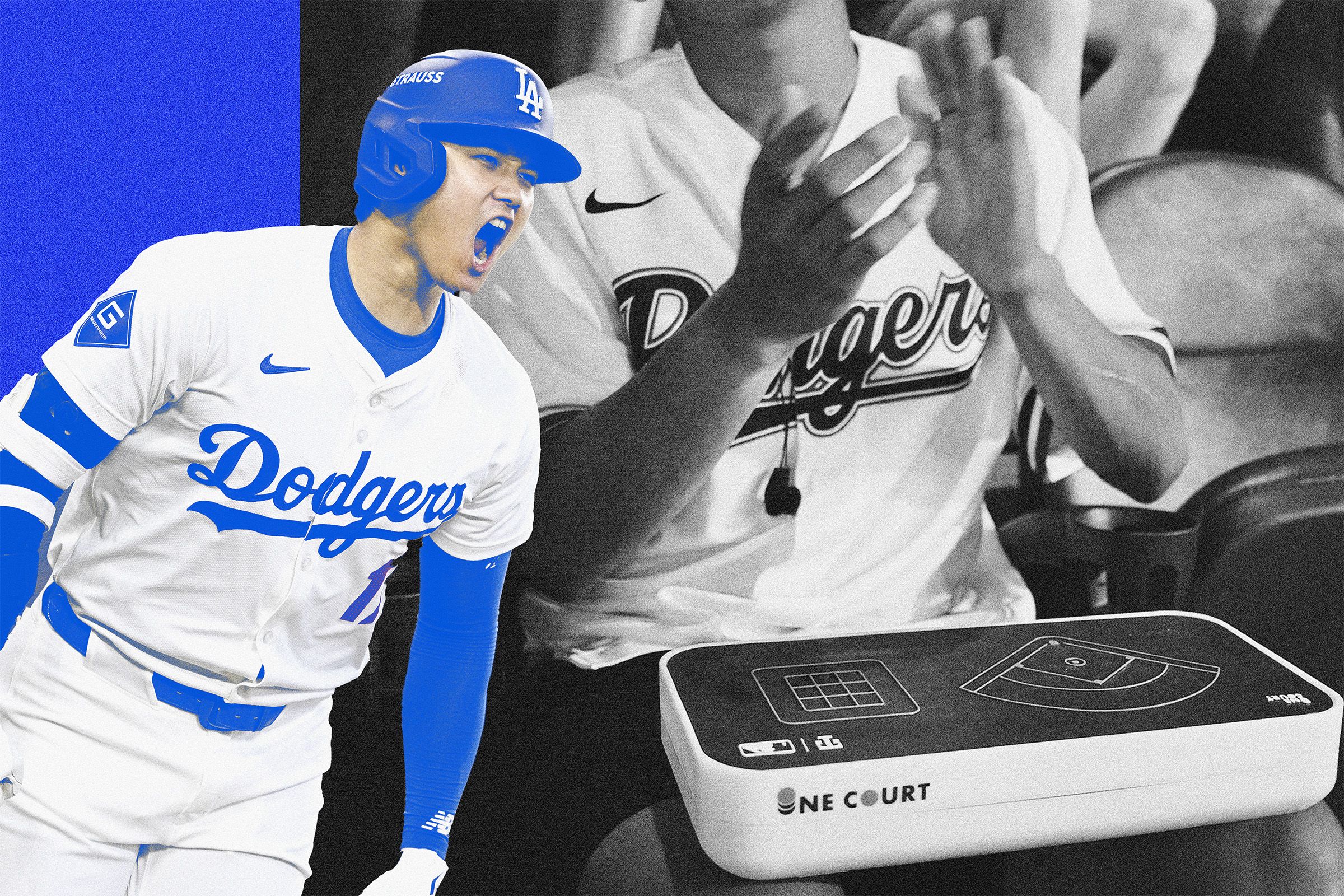[[{“value”:”
In Pablo Berger’s Robot Dreams, the real treasure is the mail-ordered friends we literally made along the way. With not an ounce of dialogue, the Spanish director simultaneously spins a tale of friendship and connection while making its abundantly clear how profound loneliness can be. Who knew a dog and robot BFF story could get so deep?
Based on Sara Varon’s graphic novel, this Oscar-nominated film takes place over the course of about one year, beginning with a fleeting but lasting connection between an unlikely pair, separated through absolutely avoidable circumstances. A simply beautiful use of animation, music, and sound to explore isolation and interconnectedness, Robot Dreams will be one of the more impactful, touching films you see this year — all without saying a word.
Robot Dreams premiered at Cannes Film Festival last year, then hit the Toronto International Film Festival, all to critical acclaim. Now finally hitting U.S. theatres this summer, Robot Dreams is about to seize a whole new audience by the heart.
What is Robot Dreams about?
Credit: NEON
Set in ’80s Manhattan, Robot Dreams introduces you to Dog, who lives by himself in the East Village. In an attempt to assuage his loneliness, Dog impulse-buys a build-it-yourself buddy off the TV, the Amica 2000. To us, the name’s Robot. In this reality, there are robots for cleaning, security, tutoring, and sports, but Robot appears specifically designed for friendship (they exist).
Technology-assisted friendship with robots has fascinated writers and filmmakers for decades, from Steven Spielberg’s A.I. Artificial Intelligence to Alex Garland’s Ex Machina, among countless others. Hell, even Mary Shelley’s Frankenstein counts. But in Robot Dreams, a giddy summer of love between canine and robot is unique in itself, and impactful enough to make their frantic hope for reunion the only thing you’ll care about for two hours.
Contrary to what it looks like in the trailers, Robot and Dog actually spend the majority of the film apart. What?! Through a series of unfortunate, saltwater-related events, Robot is stuck rusting at the beach for months, using their imagination as a means to escape inanimate coastal peril and deal with the fact that they’re being treated like literal junk. The film functions as a series of vignettes in Dog and Robot’s lives after their summer together, moving toward the film’s deeply emotional, Bridges of Madison County-level climax.
Rather than offering an overt high-five to friendship, Robot Dreams is essentially a story of deep (and deeply relatable) loneliness in a city of millions, of being lifted up and left behind.
Robot Dreams is a portrait of loneliness like no other.
Credit: NEON
At its core, Robot Dreams is a poignant exploration of the highs of feeling seen and included, as well as the lows of feeling forgotten or discarded. Dog’s reflection in the TV screen is a constant reminder of his solo life, as are the happy couples he can’t avoid seeing, whether through a neighbour’s apartment window, on a ski vacation, or just trying to take a damn walk in Central Park.
Across the city, on a deserted Coney Island beach, the bright orange towel Robot was left on has become a sort of prison; Robot has nothing to do but embrace falling snowflakes, make friends with the coastal wildlife, and dream away the months. Jealousy and betrayal plague Robot’s dreams, as their feelings of abandonment become increasingly painful. Meanwhile, Dog seeks out new opportunities for making friends, which adds to our empathy for poor ol’ Robot, but this actually reflects the film’s most realistic element: Life goes on.
Berger uses Robot’s titular dreams to explore more surreal sequences the further away rescue seems, including a gorgeous ode to The Wizard of Oz involving an army of tap-dancing daisies around our Tin Man. These unreal moments bleed into Dog’s experience too — a dream of a ten-pin bowling session with a Slurpee-drinking snowman doesn’t exactly spell reality, but the humiliation in this scene is very real for Dog.
Dog and Robot individually find moments of connection with others over the months, but more than anything, this animated film paints a portrait of loneliness more real than many live-action attempts. And it has a huge amount to do with sound.
With no dialogue, Robot Dreams proves words are overrated.
Credit: NEON
The entirety of Robot Dreams is dialogue-free, making the film instantly universal in theme and approach despite its specifically New York setting. Alfonso de Vilallonga’s jubilant, empathetic score, alongside superb foley effects, weaves the story’s emotional highs and lows, making Robot Dreams function like a silent movie. It’s the opposite kind of dialogue-free film as, say, A Quiet Place, where the need for silence is used to build terror, but it’s as much of an experiment.
After five minutes of Robot Dreams, you’ll honestly forget the characters don’t speak; the visuals are enough to indicate dynamics between characters, the passing of time, and a scene’s sense of urgency. Characters laugh, sound concerned, and express anger, all through sound.
It’s music that proves the most effective emotional compass over the course of the film. De Vilallonga moves the characters through an upbeat jazz score for hijinks, funk for a fateful repair montage, and sentimental piano for the deeper moments. Needle drops don’t come more moving than the film’s use of Earth Wind and Fire’s iconic song “September,” which underscores much of Dog and Robot’s friendship. The film also seamlessly weaves diegetic and non-diegetic sound, as the characters tune their radios or blast music from their cars. It all creates an intimate, specifically New York soundscape that contributes to the film’s unsung supporting character: the city itself.
Robot Dreams is a heartfelt ode to New York City.
Credit: NEON
An octopus bucket drummer busking in the First Avenue subway, a steel drum duet echoing through Central Park — the sounds of New York City form a welcome stage for the ins and outs of Robot Dreams. With cleverly detailed, bustling animations, New York City becomes a character itself.
It’s the ultimate setting for a summer of friendship: rowing under Bow Bridge, inhaling hot dogs by Bethesda Fountain, using the binoculars on the Empire State Building, sitting beneath Williamsburg Bridge watching the city skyline. Robot’s default optimism and overwhelming politeness clashes with the brashness of New York, pissing off punks of Alphabet City. Dog peruses the well-stocked shops of Chinatown, and Robot enjoys fireworks from a festooned Brooklyn rooftop. The sequences at Coney Island look good enough to eat. The tiny details tucked into each frame are dazzling — a baby penguin in an icebox at the beach made so much sense I squealed.
Being a Manhattan of the 1980s, the film’s landscape notably includes the Twin Towers in the city skyline, which functions as an omnipresent nod to lost loved ones and the enduring power of connection. It’s a sadly unexpected vision, one that recalls lost time as poignantly as any madeleine.
A magnificent ode to the power of unlikely friendship and all-too-real feelings of loss and lonesomeness, Robot Dreams will leaving a lasting impact without so much as a spoken sentence. Crank up “September,” and get yourself to see this film now.
Robot Dreams opens in NYC May 31 and in LA June 7, before expanding across the U.S. throughout June.
The post ‘Robot Dreams’ review: A stunning, dialogue-free ode to loneliness from Mashable appeared first on Tom Bettenhausen’s.
“}]] Article Continues..














